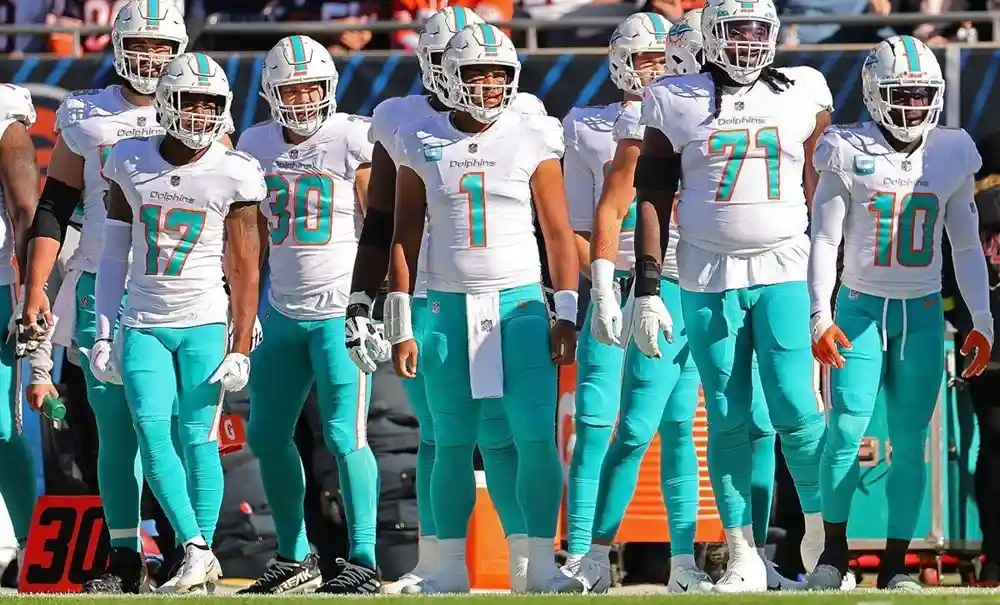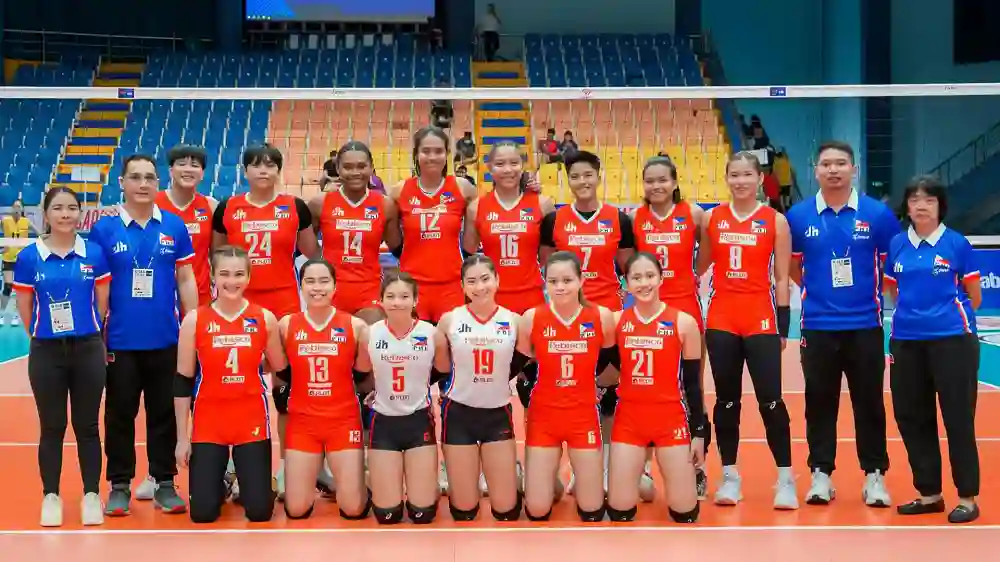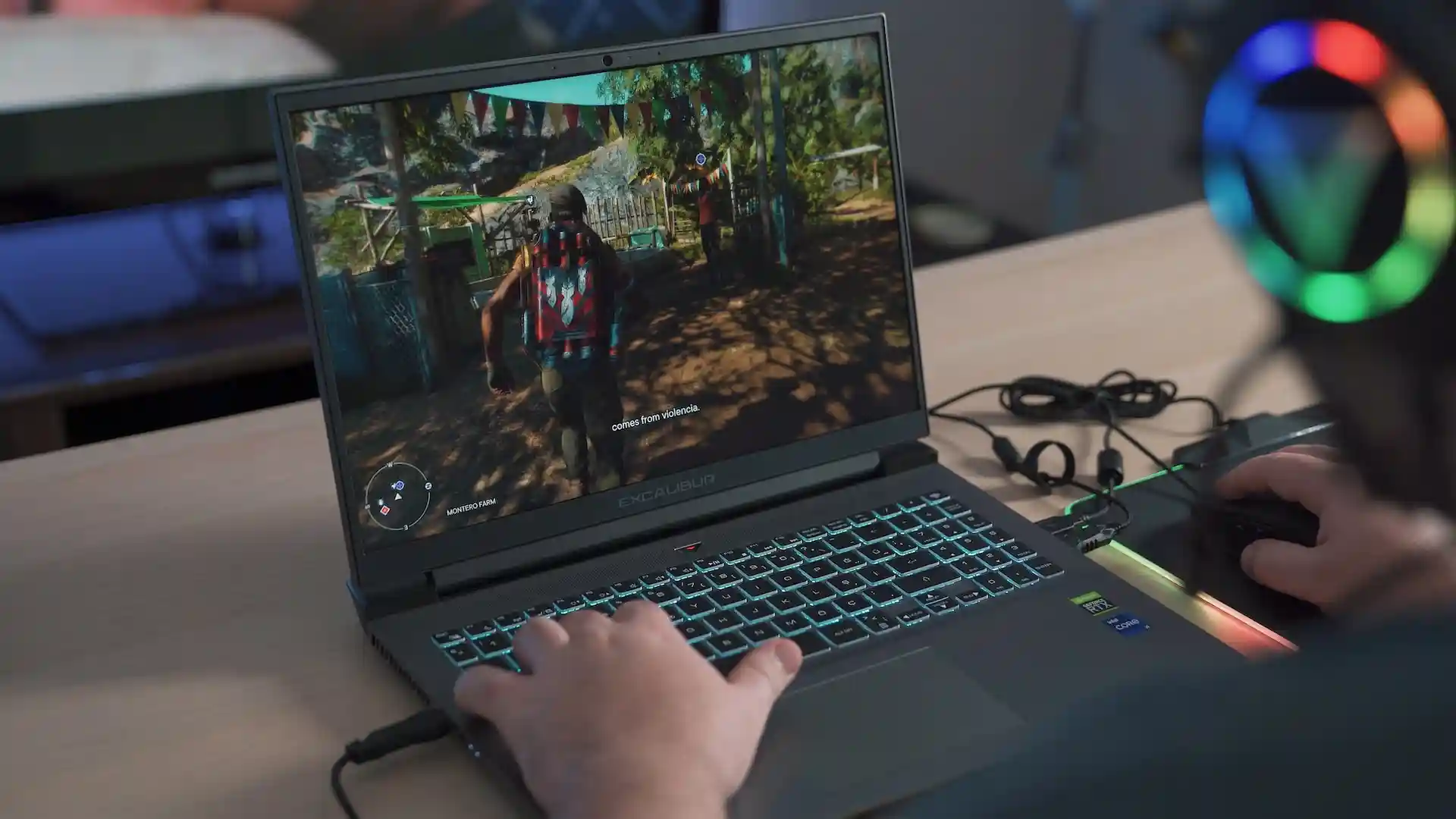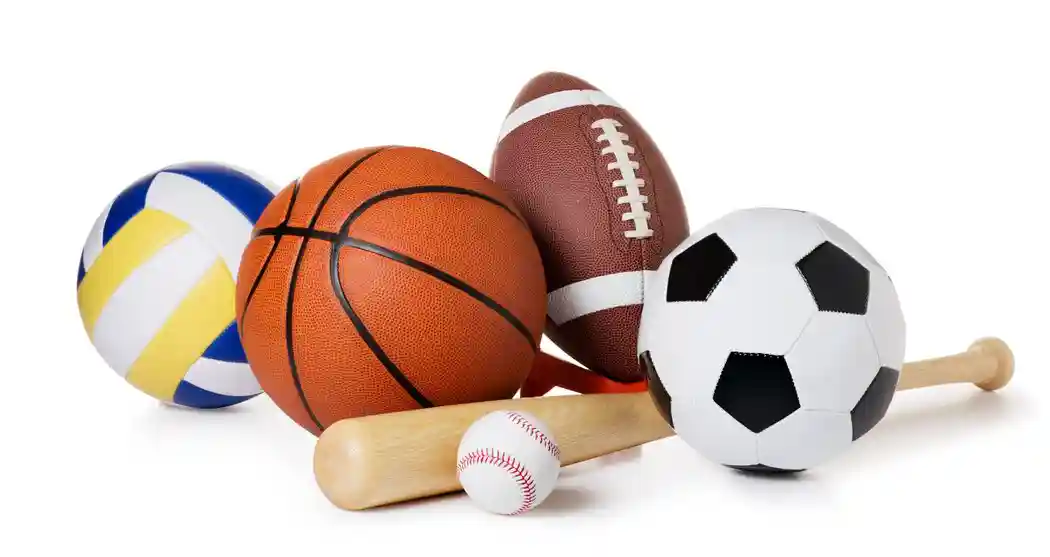Sports
Could 2024 be the Year The Miami Dolphins Finally Win a Playoff Game?

Being a Miami Dolphins fan can be challenging. Few teams in the National Football League (NFL) show green shoots of promise only to fail to deliver when it matters more than the boys who play out of the Hard Rock Stadium. Dolphins fans last experienced the excitement of seeing their team at the Super Bowl in 1984, when they, you guessed it, lost to the San Francisco 49ers.
Dan Marino was the Dolphins’ starting quarterback, and the legendary Don Shula was the head coach in those days, which shows how long fans of the Dolphins have waited for their chance at football glory. These days, Mike McDaniel is the man with the clipboard calling the shots from the sidelines. The Dolphins have vastly improved under the former 49ers offensive coordinator, so much so that the betting sites in Florida are packed with people full of optimism for the upcoming NFL season. Is that optimism misplaced? Let’s find out.
A Quick Confession
Before we delve into the Dolphins’ chances of glory, I confess: I am one of the many long-suffering Dolphins supporters. I may be based in the United Kingdom and have never seen my team in person, but I watch from afar when broadcasts allow and have done so since the early 1990s.
Midway through a school term, when I was 11-12, a new boy named Paul joined our class. Paul and his family had moved to the UK from Buffalo, and he introduced his new classmates to American Football. I loved it from the moment I threw my first ball, so I had to choose a team to get behind. Not wanting to be accused of being a glory supporter by choosing the best NFL team, I opted for the Dolphins because, like my soccer team, they had a storied history and had enjoyed some success but were mediocre at the time. My love affair with the Dolphins started right there and then. Now that I’ve confessed my sins let’s look at the Dolphins’ chances of making a name for themselves during the 2024 NFL season.
The 2023 Miami Dolphins Season
Having seen their team finish 9-8 in 2022, including impressive victories over the New England Patriots and the Buffalo Bills, Dolphins fans were looking forward to the 2023 campaign. Many Dolphins fans and football experts believed the 2022 Dolphins would have progressed to the playoffs had it not been for quarterback Tua Tagovailoa missing four games through injury.
The Dolphins got the 2023 regular season off to a flying start with three consecutive wins. One of those victories, a 70-20 demolition of the Denver Broncos, was one of the NFL’s highest-scoring games of all time. Tagovailao was brimming with confidence. The offense looked dangerous, the defense was holding up well, and everything was rosy in Miami.
By the end of the 17-game regular season, the Dolphins finished with an 11-6 record, an improvement on their 9-8 record from 2022. However, among that progress was something that worried eagle-eyed Dolphins supporters: five of the team’s six losses came against opponents who made it to the playoffs. The Dolphins lost to the Buffalo Bills twice, the Philadelphia Eagles, eventual champions Kanas City Chiefs, and the Baltimore Ravens. You must beat the best teams to progress to the Super Bowl, and the Dolphins had shown they couldn’t do that.
Failing in the Playoffs Again
Although the Dolphins reached the playoffs for the second year straight, the supporters’ early-season optimism had drained. The all-conquering Kansas City Chiefs awaited McDaniel’s men in the Wild Card round. If that wasn’t bad enough, one must go back to 2000 to find the last time the Dolphins won a postseason football game.
Of course, the Chiefs made light work of the Dolphins, running out 26-7 winners in Arctic conditions in Missouri. The Dolphins had faltered in the playoffs again, back to the drawing board for McDaniel and his coaching staff.
What Do The Dolphins Need to Mount a Super Bowl Charge in 2024?
When McDaniel has a full roster to choose from, the Dolphins can hold their own against any team in the NFL. However, the Dolphins’ best players have a habit of missing key games or being knocked off their stride by injuries. It happened to Tagovailoa in 2022, and rookie running back Devon Achane could have set some NFL records before injuries robbed the Dolphins of his presence in six games.
Offensively, the Dolphins led the league in terms of total yards, yards per game, and passing yards. They were sixth in the league in terms of rushing yards and second only to the Dallas Cowboys in points scored.
There is not much McDaniel will want to change on his offense, although he may be looking out for another wide receiver or tight end to give Tagovailoa more options. Tyreek Hill was WR1 last season, and Tagovailo tried to find him 171 times. Jaylen Waddle was targeted 104 times, with Durham Smith the third most popular, with only 43 attempted passes. Stop Hill and Waddle, and you will bring the Dolphins’ passing game crashing down.
Defensively, the Dolphins finished 10th in the league for allowed yards per game but 15th in passing yards allowed. They were seventh in rushing yards allowed but 22nd in points against, averaging 23 points per game. Allowing so many points puts additional pressure on the offense because, in the Dolphins’ case, they have to score three touchdowns and a field goal to make up for that deficiency. That is a tall ask against the better NFL franchises.
Unlike previous seasons, the Dolphins’ roster does not need a significant overhaul; it needs more gentle tweaking here and there. A couple of new additions and some mental game training for when the business end of the season is upon them, and the Dolphins could be the surprise package in 2024. Unfortunately for me, that could mean staying up until the early morning hours each Sunday to watch the famous aqua, orange, and blue uniforms dazzle on my screen. Go Phins!
Sports
UFABET Agent Guide for Safe Betting and Financial Stability

In the world of online sports betting and casino games, choosing the right platform is essential to ensure a safe and secure betting experience. UFABET is one of the leading online betting sites in Thailand and across Southeast Asia, offering a wide range of sports betting options, casino games, and live dealer experiences. However, for users to maximize their experience on the site while ensuring their financial stability, it is crucial to understand the role of a UFABET agent. This guide will walk you through everything you need to know about UFABET agents, how they contribute to a safe betting experience, and how to maintain financial stability while betting.
What is a UFABET Agent?
A UFABET agent acts as an intermediary between the platform and the users. The agent provides several services to players, such as account creation, deposits, withdrawals, customer support, and sometimes even providing exclusive bonuses and promotions. They work to ensure that users have seamless access to all of UFABET’s offerings, whether it be sports betting or online casino games.
There are many benefits to working with an agent, especially if you’re new to the betting world or unfamiliar with the intricacies of online sports betting. An agent can guide you through the platform’s features, help with troubleshooting any issues, and ensure your funds are handled responsibly.
Why Should You Use a UFABET Agent?
1. Safety and Security
One of the primary concerns for any online bettor is the safety and security of their personal and financial information. ตัวแทน ufabet are usually vetted and work with the official UFABET platform to ensure that all transactions are secure. They follow strict protocols to prevent fraud and ensure that deposits and withdrawals are processed efficiently.
Moreover, agents are well-versed in the various scams and risks associated with online betting. They can help protect you from malicious websites or suspicious activities by offering advice and guidance on how to stay safe while gambling online.
2. Expert Assistance
Experienced UFABET agents have a deep understanding of the betting platform, its terms, and conditions. This can be immensely beneficial for new players who might find the platform overwhelming. An agent can help you navigate the different betting options, explain the odds, and offer tips on making informed bets. Additionally, agents often provide access to exclusive promotions or bonuses that can give you a head start.
3. Faster Transactions
Having a dedicated agent can help you with faster transactions. For example, withdrawals may be expedited when handled by an experienced agent, ensuring that you receive your winnings without unnecessary delays. Agents can also help you avoid potential errors when making deposits or cashing out, which can save you time and stress.
4. Access to Bonuses and Promotions
Many UFABET agents have special relationships with the platform and may offer exclusive bonuses, promotions, and betting opportunities that are not readily available to all users. Whether it’s a bonus for new members, free bets, or special deals for long-term customers, an agent can help you take advantage of these opportunities, ensuring that you get the most out of your betting experience.
Maintaining Financial Stability with UFABET
While betting can be fun and potentially lucrative, it is also important to approach it with a responsible mindset, especially when it comes to managing your finances. Below are some essential tips for maintaining financial stability while using UFABET:
1. Set a Budget
Before you start betting, it’s essential to set a budget. Decide how much money you’re willing to invest and stick to it. Betting can be unpredictable, and it’s easy to get caught up in the excitement and overspend. By setting a budget, you can prevent yourself from placing bets beyond your means.
Agents can help by offering guidance on how to manage your bankroll, ensuring that you don’t wager more than you can afford to lose.
2. Bet Responsibly
Betting should be a form of entertainment, not a way to make quick money. Always bet responsibly and never chase losses. If you find that you’re losing more than expected, take a break and reassess your strategy. An agent can help you track your bets and offer advice on how to pace your betting activity.
3. Utilize Payment Methods Wisely
UFABET offers various payment methods for deposits and withdrawals. It’s important to choose a payment method that is both convenient and secure. UFABET agents can assist you in selecting the best options, ensuring that your funds are handled safely and with minimal fees.
Moreover, some payment methods may allow for quicker withdrawals or more convenient access to your funds, which can contribute to better financial management.
4. Take Advantage of Free Betting Tips and Resources
Many UFABET agents offer free betting tips, tutorials, and guides to help players make informed decisions. These resources can be crucial in minimizing risk and ensuring that you are betting with knowledge rather than on impulse. By following expert tips and taking the time to learn about the different sports and games you’re betting on, you can increase your chances of making profitable decisions.
Final Thoughts
The key to a successful and sustainable betting experience with UFABET is choosing the right agent and managing your finances responsibly. A trusted UFABET agent can provide invaluable assistance in navigating the platform, ensuring that your betting is safe, secure, and enjoyable. By setting a budget, betting responsibly, and using the right financial tools, you can make the most of your time on UFABET while maintaining financial stability. Whether you’re a seasoned bettor or a beginner, working with a UFABET agent can elevate your betting experience while protecting your finances.
In conclusion, always remember that betting is a form of entertainment and should be approached with caution. By following these guidelines and using a reputable UFABET agent, you can enjoy a safe, fun, and financially responsible betting experience.
Sports
Why Volleyball is Gaining Massive Popularity in the Philippines

Volleyball has seen a remarkable rise in popularity in the Philippines over the past decade. Once considered a secondary sport to basketball, it has now captured the hearts of many Filipinos, especially the younger generation. From collegiate leagues to professional tournaments, volleyball has grown into a widely followed sport, with fans passionately supporting their favorite teams and players. But what factors contribute to this increasing popularity? Let’s explore the reasons behind volleyball’s growing presence in the Philippine sports scene.
1. Strong Collegiate Leagues
The University Athletic Association of the Philippines (UAAP) and the National Collegiate Athletic Association (NCAA) have played a significant role in the rise of volleyball. The fierce competition among schools and universities, along with the growing exposure through televised broadcasts and social media, has fueled the sport’s popularity. Star players from these leagues often become household names, drawing even more attention to the sport.
2. Professional Leagues and Local Teams
With the establishment of professional leagues such as the Premier Volleyball League (PVL) and the Philippine National Volleyball Federation (PNVF) tournaments, volleyball has reached a wider audience. These leagues provide a platform for collegiate stars to continue their careers while attracting international players, further raising the sport’s level of competition and entertainment value.
3. Strong Female Representation
Unlike basketball, where male players often dominate the spotlight, volleyball is unique because it highlights both men’s and women’s teams. Women’s volleyball, in particular, has gained a huge following in the country, with players like Alyssa Valdez, Jia Morado, and Jaja Santiago becoming sports icons. Their influence has inspired many young girls to take up the sport and aspire to become professional athletes.
4. Accessibility and Community Engagement
One of the biggest reasons for volleyball’s popularity is its accessibility. Unlike basketball, which requires a hoop and a court, volleyball can be played almost anywhere with minimal equipment—whether in schools, barangays, or beaches. The sport fosters camaraderie and teamwork, making it an attractive recreational activity for Filipinos of all ages.
5. Media Coverage and Social Media Influence
Television networks and online streaming platforms have significantly contributed to volleyball’s rising popularity. Regular broadcasts of collegiate and professional leagues keep fans engaged, while social media platforms amplify the hype with highlights, interviews, and fan discussions. Players also interact with their supporters online, strengthening their fan base and creating a deeper connection between athletes and spectators.
6. International Success and Representation
The performance of Filipino volleyball players in international competitions has also sparked interest in the sport. With local athletes playing in international leagues, such as Jaja Santiago in Japan, Filipino volleyball is gaining global recognition. The participation of the national team in events like the Southeast Asian (SEA) Games also boosts national pride and encourages more people to follow and support the sport.
Conclusion
Volleyball’s growing popularity in the Philippines is a testament to its accessibility, representation, and exciting gameplay. With strong collegiate programs, professional leagues, and international recognition, the sport continues to thrive and inspire the next generation of Filipino athletes. As volleyball gains more support and exposure, it is poised to become one of the country’s top sports alongside basketball and boxing.
Play and Win with GameZone!
If you love the excitement of sports, why not experience the thrill of winning on GameZone? Whether you’re a fan of competitive gaming or just looking for a fun way to pass the time, GameZone offers a variety of exciting games, including Tongits, Pusoy, and other popular card games. Join now and challenge your skills against other players while enjoying exciting rewards. Play today and be part of the GameZone community!
Sports
The Benefits Of After-School Sports For Australian Kids In 2025 & Beyond
As a parent here in Australia, it is your job to make sure that your children are fit and healthy so that they can go on to lead productive lives. The incidence of child obesity is on the rise here in Australia and that’s very bad news indeed. There are so many different activities for young kids to get involved in and some include Australian football, volleyball, soccer and of course basketball.
When learning the game of basketball, there are basketball drills for 8 year olds and upwards that get them moving and get their hearts pumping. It is a game that requires great skills and it brings lots of children together in one place. If you are not sure if after-school sports are for your kid, then the following are some of the benefits that they provide.
- Improved fitness levels – Young kids in Australia nowadays don’t move around enough and I suppose we have the modern digital age to blame for that. Children would rather play on their various devices than go outside to get some essential sunshine and fresh air. After-school activities get them moving like never before which is good for their physical health.
- Improved mental health – Believe it or not, many young children as young as eight years old are under a tremendous amount of pressure to want to do well in school and to mix well with their peers. This is pressure that no young mind should have and so playing after-school sports allows them to improve upon their self-esteem and confidence.
- They can make new friends – As was touched on briefly before, many young kids don’t spend enough time trying to make new friends and this affects them later in their adult lives. Taking part in sports allows them to build their social skills and they learn about things like teamwork, competition and how to be a good sportsperson. These are essential life skills that all children should have.
The other good news is that there have been many studies carried out indicating that children who take part in sports do better in their studies and this is good news for both parents and kids alike. There is no better time like the present to introduce your young child to competitive sports so that they can be stronger emotionally, physically and be much better productive members of Australian society.
-

 Travel1 year ago
Travel1 year agoOnboardicafe.com Login Exploring the Delights of Onboardicafe
-

 Food & Recipes1 year ago
Food & Recipes1 year agoFive Food Products You Must Avoid Giving to Your Infant
-

 Sports1 year ago
Sports1 year agoThe Most Popular Sports In The World
-

 Technology5 months ago
Technology5 months agoSustainable Practices in Video Production: Reducing the Carbon Footprint
-

 Sports11 months ago
Sports11 months agoSmart Solutions for Football Field Maintenance
-

 Health & Fitness12 months ago
Health & Fitness12 months agoSuboxone Tooth Decay Lawsuits and the Pursuit of Justice Against Indivior
-

 Entertainment1 year ago
Entertainment1 year agoNavigating the Web: The Ultimate List of Tamilrockers Proxy Alternatives
-

 Sports10 months ago
Sports10 months agoWearable Tech and the Future of Football










